Frankenstein1313
Newbie
Hello. My name is Frank and I am new here. Recently I bought an accordion from a musician that didn't need it anymore. He once bought it from another musician, some fifteen years ago, and he could not provide any details about the accordion. I would like to know a bit more about the instrument. There is no sign of a model or type on the case or the instrument itself. There is a sign with a hand-carved test 'regist' on it. On the back the number 2280 is carved. Searching online also didn't give me much information, so I figured I'd call to the knowledge of this forum
I hope anyone can provide more details about the accordion. Thank you in advance.
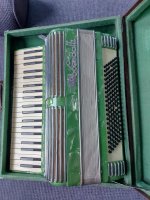
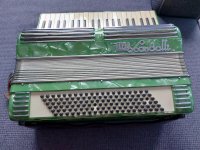
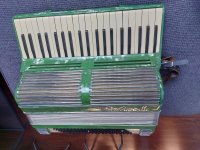
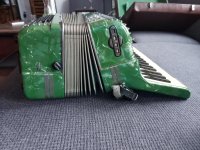
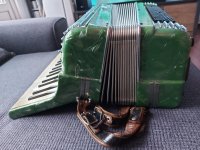
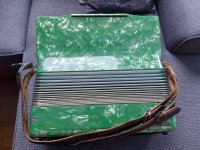
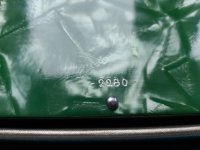
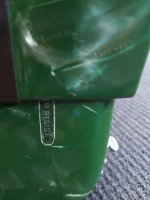
I hope anyone can provide more details about the accordion. Thank you in advance.








